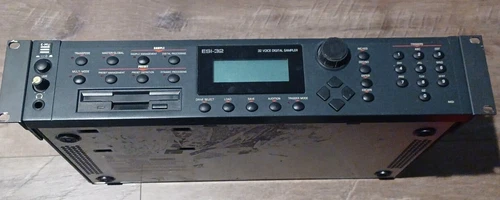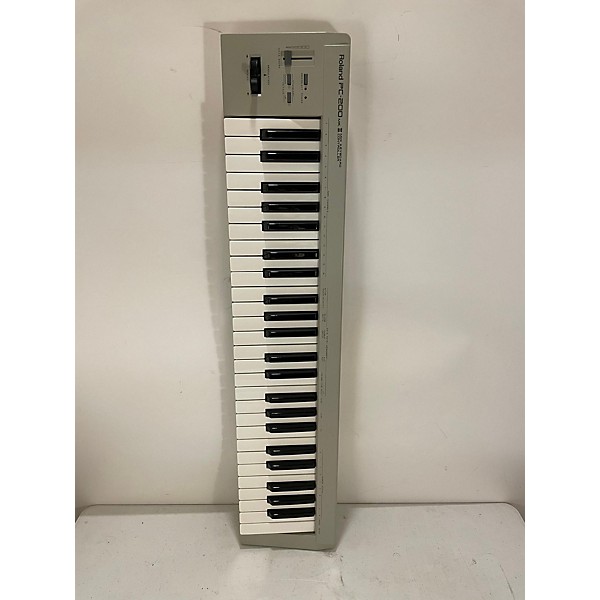The Synth in G-Funk: Telling a Story Through Sound
In the world of G-Funk, there are only a handful of producers who really defined the sound. For me, it was always about structuring a track with those key elements: a heavy drum beat, a deep bassline, a synth bass, and those signature chords from the Rhodes piano, sometimes even with a bit of tremolo. These were the essential tools that shaped G-Funk into what it became.
One thing I’ve noticed, though, is how synths are being used in modern G-Funk production, especially by people who weren’t necessarily part of that original era. It’s like the synths are being thrown in, but they’re not telling a story. When Dr. Dre started laying down those synth riffs in the highs, with the Moog and other synths, it felt like those lines could’ve been lyrics—they meant something. You take a track like "Lil Ghetto Boy," for example, where the synth was there, but it didn’t overpower the track. It had its space, and in the mix, it was tucked back just right with a bit of air around it.
Nowadays, I feel like when I hear G-Funk-style music, the synth is just there. It’s loud, sure, but it’s not thought out. It doesn’t have that same storytelling element, and that’s where some of the essence is lost. To me, G-Funk was always about using every sound—every synth, every drum—to paint a picture.
Watch the full interview above or read along for more insights on how the sound of G-Funk is evolving!
Subscribe to Oyster Pep's YouTube Channel for G-Funk Music and Exclusive ContentE-MU ESI-32 Rackmount 32-Voice Digital Sampler

270 mg syquest external drive

Korg Trinity 61-Key 32-Voice Polyphonic Workstation

Roland PC-200 1991 - Grey


